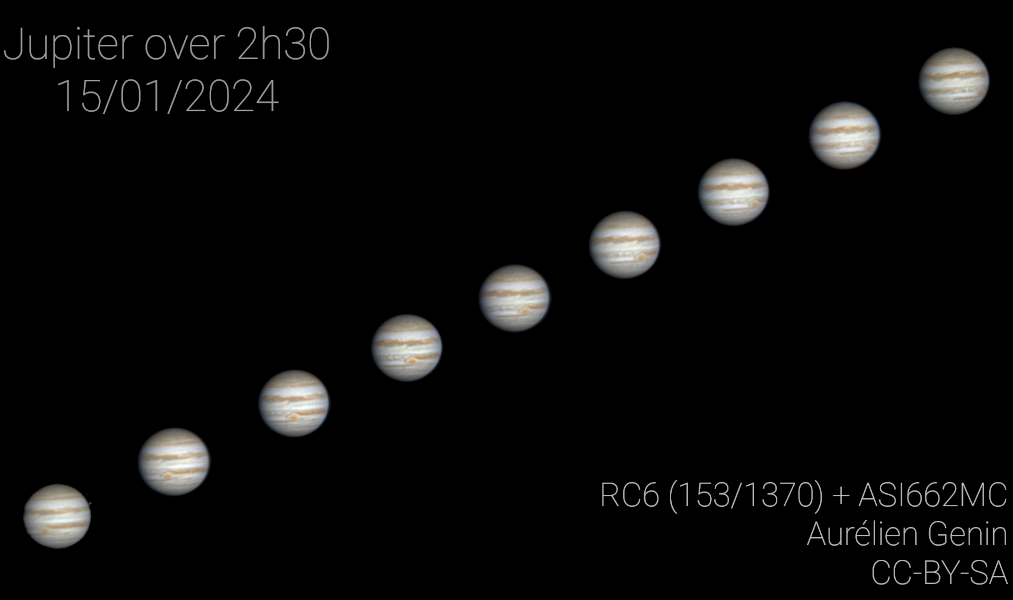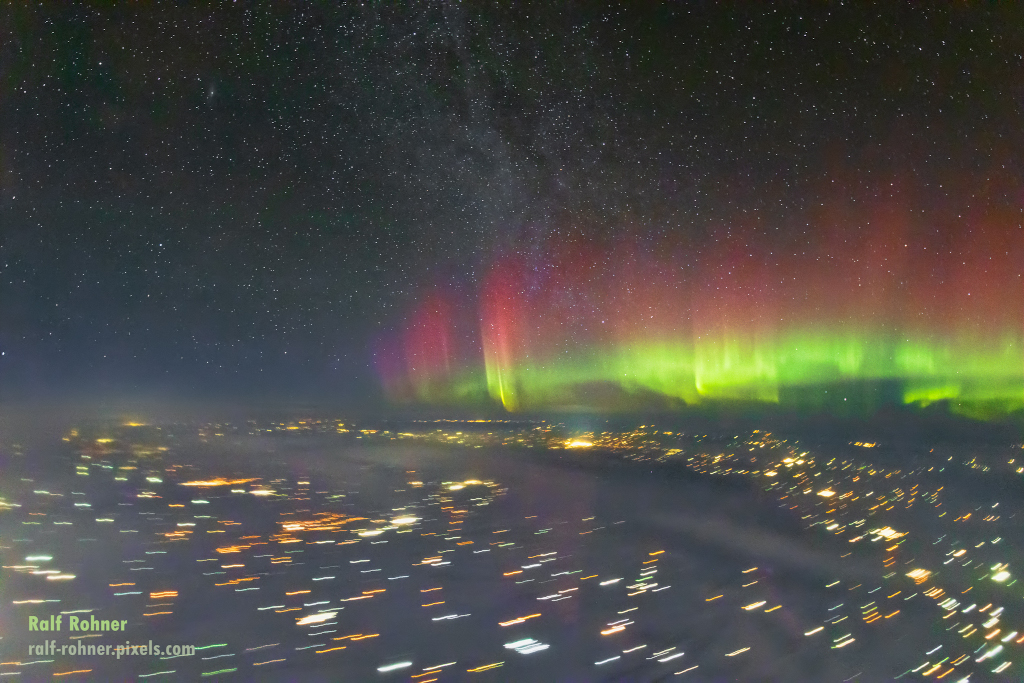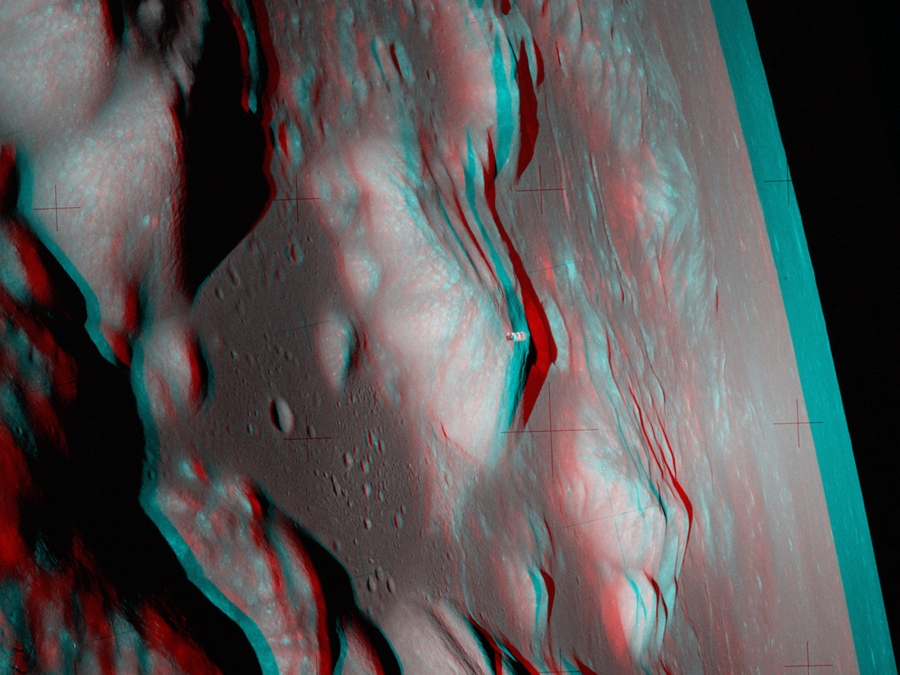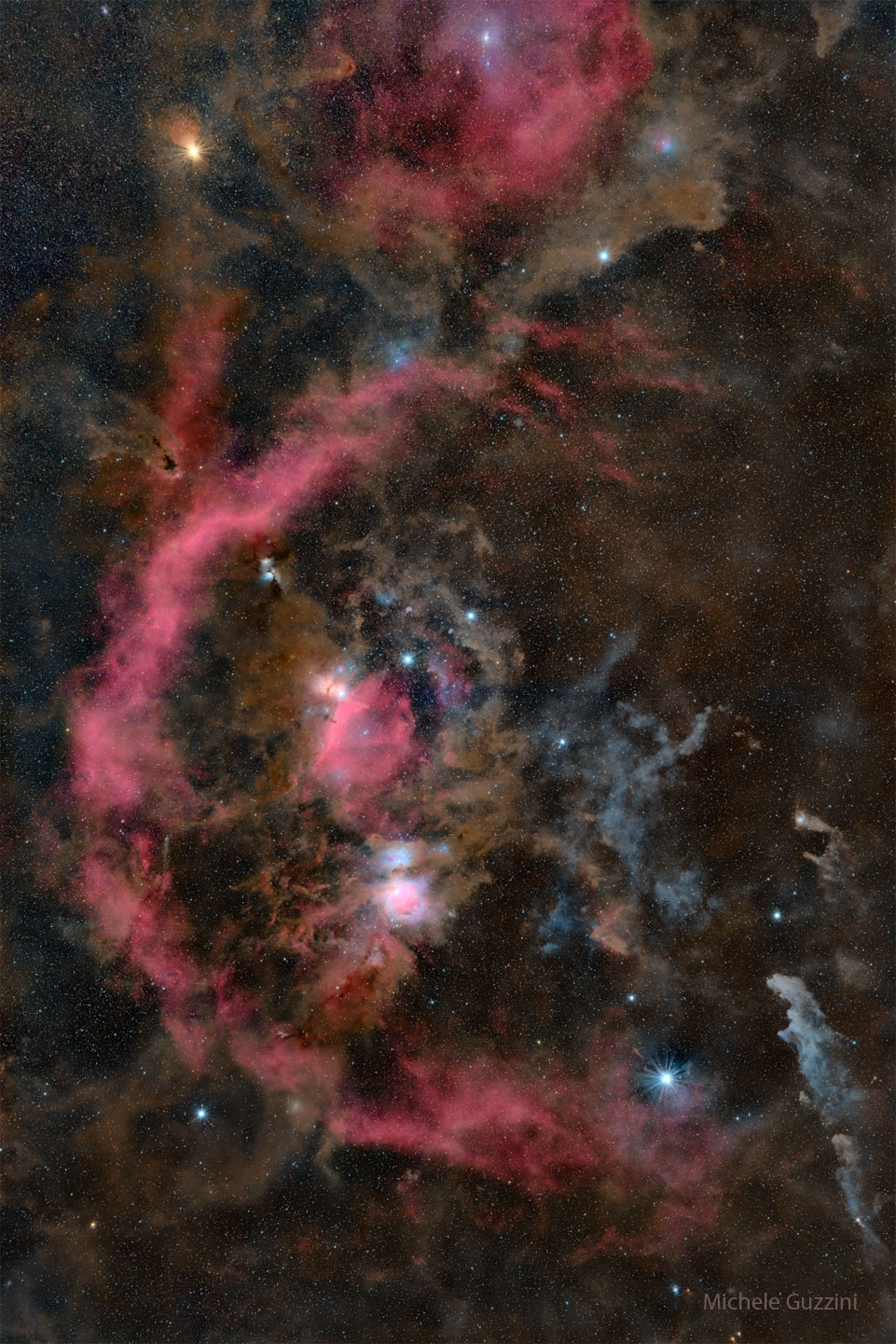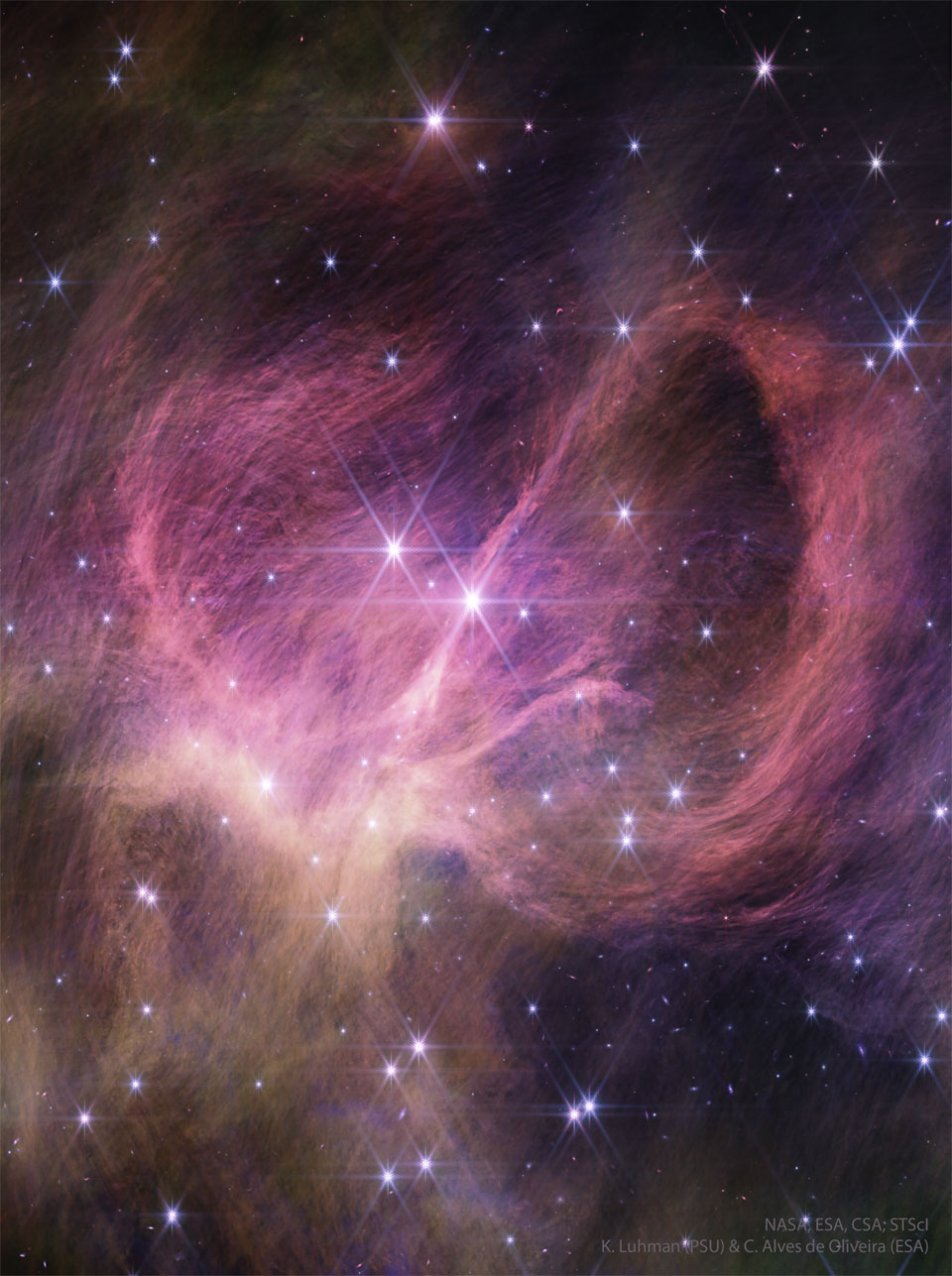
Nombre total de pages vues
19/01/2024
BIOMIMETISME - Innovations inspirées par la Nature - La cape d'invisibilité des seiches inspire les roboticiens

ASTRONOMY - Jupiter over 2 Hours and 30 Minutes
2024 January 19
Image Credit & License: Aurélien Genin
Explanation: Jupiter, our Solar System's ruling gas giant, is also the fastest spinning planet, rotating once in less than 10 hours. The gas giant doesn't rotate like a solid body though. A day on Jupiter is about 9 hours and 56 minutes long at the poles, decreasing to 9 hours and 50 minutes near the equator. The giant planet's fast rotation creates strong jet streams, separating its clouds into planet girdling bands of dark belts and bright zones. You can easily follow Jupiter's rapid rotation in this sharp sequence of images from the night of January 15, all taken with a camera and small telescope outside of Paris, France. Located just south of the equator, the giant planet's giant storm system, also known as the Great Red Spot, can be seen moving left to right with the planet's rotation. From lower left to upper right, the sequence spans about 2 hours and 30 minutes.
18/01/2024
ASTRONOMY - Northern Lights from the Stratosphere
2024 January 18
Image Credit & Copyright: Ralf Rohner
Explanation: Northern lights shine in this night skyview from planet Earth's stratosphere, captured on January 15. The single, 5 second exposure was made with a hand-held camera on board an aircraft above Winnipeg, Canada. During the exposure, terrestrial lights below leave colorful trails along the direction of motion of the speeding aircraft. Above the more distant horizon, energetic particles accelerated along Earth's magnetic field at the planet's polar regions excite atomic oxygen to create the shimmering display of Aurora Borealis. The aurora's characteristic greenish hue is generated at altitudes of 100-300 kilometers and red at even higher altitudes and lower atmospheric densities. The luminous glow of faint stars along the plane of our Milky Way galaxy arcs through the night, while the Andromeda galaxy extends this northern skyview to extragalactic space. A diffuse hint of Andromeda, the closest large spiral to the Milky Way, can just be seen to the upper left.
17/01/2024
LE JARDIN MERVEILLEUX DES EPICES - Le carvi - l'épice efficace pour la digestion

ASTRONOMY - America and the Sea of Serenity
Image Credit & Copyright: Gene Cernan, Apollo 17, NASA; Anaglyph by Patrick Vantuyne
Explanation: Get out your red/blue glasses and check out this stereo view of another world. The scene was recorded by Apollo 17 mission commander Eugene Cernan on December 11, 1972, one orbit before descending to land on the Moon. The stereo anaglyph was assembled from two photographs (AS17-147-22465, AS17-147-22466) captured from his vantage point on board the Lunar Module Challenger as he and Dr. Harrison Schmitt flew over Apollo 17's landing site in the Taurus-Littrow Valley. The broad, sunlit face of the mountain dubbed South Massif rises near the center of the frame, above the dark floor of Taurus-Littrow to its left. Piloted by Ron Evans, the Command Module America is visible in orbit in the foreground against the South Massif's peak. Beyond the mountains, toward the lunar limb, lies the Moon's Mare Serenitatis. Four astronauts will venture around the Moon and back again on the Artemis II mission, scheduled for launch no earlier than September 2025.
16/01/2024
O FUTURO NO PRESENTE - O carro voador - Pal-V Liberty Pioneer Edition

ASTRONOMY - The Orion You Can Almost See
2024 January 16
Image Credit & Copyright: Michele Guzzini
Explanation: Do you recognize this constellation? Although it is one of the most recognizable star groupings on the sky, this is a more full Orion than you can see -- an Orion only revealed with long exposure digital camera imaging and post- processing. Here the cool red giant Betelgeuse takes on a strong orange tint as the brightest star on the upper left. Orion's hot blue stars are numerous, with supergiant Rigel balancing Betelgeuse on the lower right, and Bellatrix at the upper right. Lined up in Orion's belt are three stars all about 1,500 light-years away, born from the constellation's well-studied interstellar clouds. Just below Orion's belt is a bright but fuzzy patch that might also look familiar -- the stellar nursery known as Orion's Nebula. Finally, just barely visible to the unaided eye but quite striking here is Barnard's Loop -- a huge gaseous emission nebula surrounding Orion's Belt and Nebula discovered over 100 years ago by the pioneering Orion photographer E. E. Barnard.
15/01/2024
LE JARDIN MERVEILLEUX DES EPICES - La cardamome - épice à consommer avec modération

ASTRONOMY - Star Cluster IC 348 from Webb
2024 January 15
Image Credit: NASA, ESA, CSA, STScI, and K. Luhman (Penn State U.) and C. Alves de Oliveira (ESA)
Explanation: Sometimes, it's the stars that are the hardest to see that are the most interesting. IC 348 is a young star cluster that illuminates surrounding filamentary dust. The stringy and winding dust appears pink in this recently released infrared image from the Webb Space Telescope. In visible light, this dust reflects mostly blue light, giving the surrounding material the familiar blue hue of a reflection nebula. Besides bright stars, several cool objects have been located in IC 348, visible because they glow brighter in infrared light. These objects are hypothesized to be low mass brown dwarfs. Evidence for this includes the detection of an unidentified atmospheric chemical, likely a hydrocarbon, seen previously in the atmosphere of Saturn. These objects appear to have masses slightly greater than known planets, only a few times greater than Jupiter. Together, these indicate that this young star cluster contains something noteworthy -- young planet-mass brown dwarfs that float free, not orbiting any other star.
ASTRONOMY - A Solstice Sun Tattoo
025 December 20 A Solstice Sun Tattoo Image Credit & Copyright : Marcella Pace Explanation: The word solstice is from the Latin fo...

-
2022 September 26 All the Water on Planet Earth Illustration Credit: Jack Cook, Adam Nieman, Woods Hole Oceanographic Institution ; Data ...
-
2025 May 11 The Surface of Venus from Venera 14 Image Credit: Soviet Planetary Exploration Program , Venera 14 ; Processing & Copyri...
